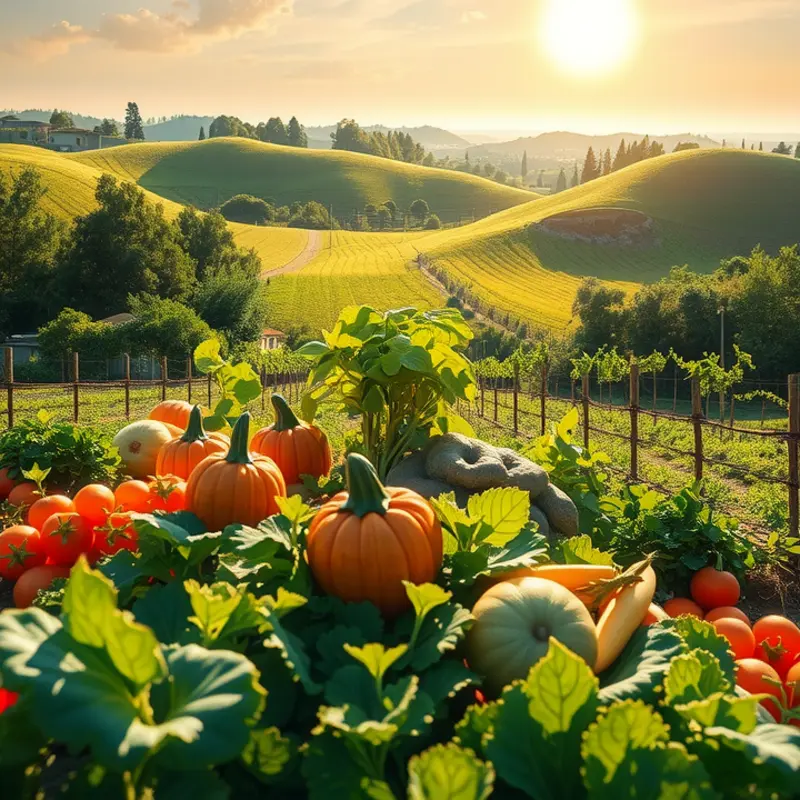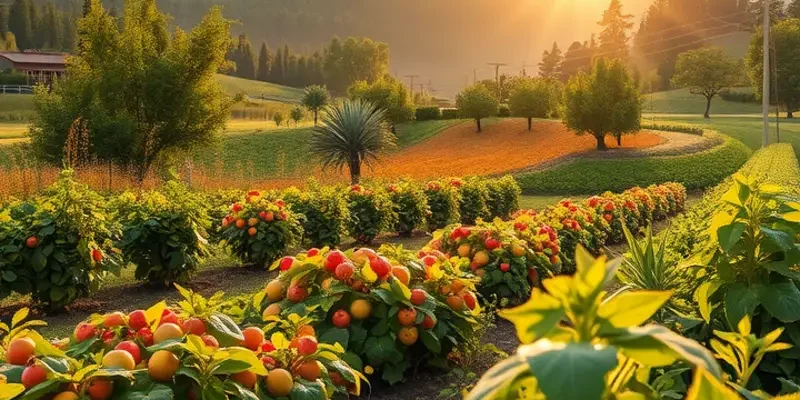Legumes are a powerhouse of nutrition and versatility, a staple that deserves a place on every home cook’s menu. With their rich protein and fiber content, they improve not only meals but also overall health. Whether you’re looking to elevate your soups, stews, or salads, mastering the art of cooking legumes perfectly is essential. This guide lays out practical, easy-to-follow steps to ensure your beans, lentils, and peas are always cooked to perfection.
Understanding Legumes: Types and Preparation

Legumes are a diverse group of nutrient-dense foods, encompassing beans, lentils, peas, and chickpeas. Each type offers unique flavors and textures, making them versatile components of many dishes. Knowing how to select, store, and prepare them is crucial for achieving culinary excellence.
When choosing legumes, freshness counts. Dried legumes should be uniform in color and free from dust or debris. Store them in a cool, airtight container to keep them at their best. For canned or vacuum-packed varieties, check expiration dates and avoid those with damaged packaging.
Once selected, the preparation process begins. Many dried legumes require soaking to rehydrate, reduce cooking time, and enhance digestibility. For most beans, soaking overnight in plenty of water is effective. Lentils and split peas, with their quicker cooking times and smaller size, often forgo this step. However, a quick soak involves bringing them to a boil for 2 minutes, then letting them rest for an hour. This method softens them faster.
Rinsing legumes under cold water before cooking also removes surface starches and minimizes potential bitterness. This step is particularly essential for canned legumes, as it reduces sodium content and enhances flavor.
Cooking legumes involves balancing temperature and time. A low, even simmer is ideal. High heat tends to split skins and create uneven textures. Adding salt at the end of cooking prevents the husks from toughening, ensuring creamy, tender interiors.
Pressure cooking is time-efficient, cutting standard cooking times by two-thirds. Similarly, slow cookers excel at maintaining gentle heat, though they require longer durations. Each method has its merits, depending on your time constraints and equipment availability.
Beyond individual characteristics, pairing legumes with other ingredients can elevate a dish. Consider learning more about ingredient pairing methods to create harmonious flavor profiles. Understanding how legumes interact with various spices and herbs allows for innovative, nutritious meals.
In essence, mastering legume preparation enhances their nutritional advantages, transforming them into ideal additions to your diet. Patience and attention to detail during each step will yield dishes that are not only healthy but also deliciously memorable.
Cooking Techniques: The Path to Perfection

Cooking legumes to perfection requires an understanding of various techniques and how they impact flavor and texture. Below, we explore three essential methods: boiling, pressure cooking, and slow cooking. Each method brings out unique qualities in legumes, and knowing their specifics can transform your culinary experience.
Boiling:
Boiling is the most straightforward method and works well for most legumes. Start by rinsing the legumes thoroughly under cold water to remove any debris. For best results, soak them ahead of time. This reduces cooking time and helps ensure even cooking. Use a large pot and a water-to-legume ratio of about 3:1. Bring the water to a boil, then reduce to a simmer. Cooking times vary: lentils take 20-30 minutes, while chickpeas can require up to 90 minutes. Season with salt in the last third of cooking to avoid hardening the skins. After boiling, drain the legumes and rinse them with cold water to halt cooking, ensuring they remain slightly firm.
Pressure Cooking:
Pressure cooking is ideal for those short on time but not willing to compromise on texture. This method requires no pre-soaking. For every cup of legumes, add 3 cups of water. Secure your pressure cooker lid and bring it to high pressure. Cooking times are dramatically reduced: lentils need only 5-10 minutes, and chickpeas are done in about 20 minutes. Release the pressure naturally to allow for gentle cooling. Remember, this method can intensify seasoning, so adjust flavors carefully, adding acidic ingredients like tomatoes after cooking to prevent lengthening the process.
Slow Cooking:
The slow cooker is perfect for those who benefit from having meals simmer away throughout the day. Pre-soak the legumes overnight for best results. Use a ratio of 3:1 for water and legumes. Add flavor-enhancing components such as bay leaves or garlic from the beginning to allow the flavors to integrate. Cooking times vary from 6-8 hours on low heat. Since slow cookers retain heat efficiently, be cautious with seasoning; salt can be added initially, but adjust other seasonings at the end.
Tips for Seasoning and Flavor Enhancement:
Use aromatic herbs and spices like cumin, coriander, and bay leaves during cooking to enhance flavor. Salt should be added later in the process to prevent toughening. An acid, such as lemon juice or vinegar, can be added post-cooking to brighten flavors. Want to explore more seasoning options? Check out cooking with umami powders to further elevate the taste profile of your legumes.
By adjusting cooking times and water ratios, each method offers a different texture, from soft and creamy to firm and bite-worthy. Experiment to discover what suits your palate best and enhance your dishes with these versatile and nutrient-rich ingredients.
Final words
Perfectly cooked legumes can transform a simple dish into an extraordinary one. By understanding the types and preparation methods of legumes, you can confidently incorporate them into your meals. Remember that cooking techniques play a vital role in achieving the desired flavor and texture. With time and practice, you will master the art of cooking legumes and enjoy their impressive health benefits. Challenge yourself to try new recipes, experiment with various seasonings, and discover just how rewarding cooking legumes can be.







